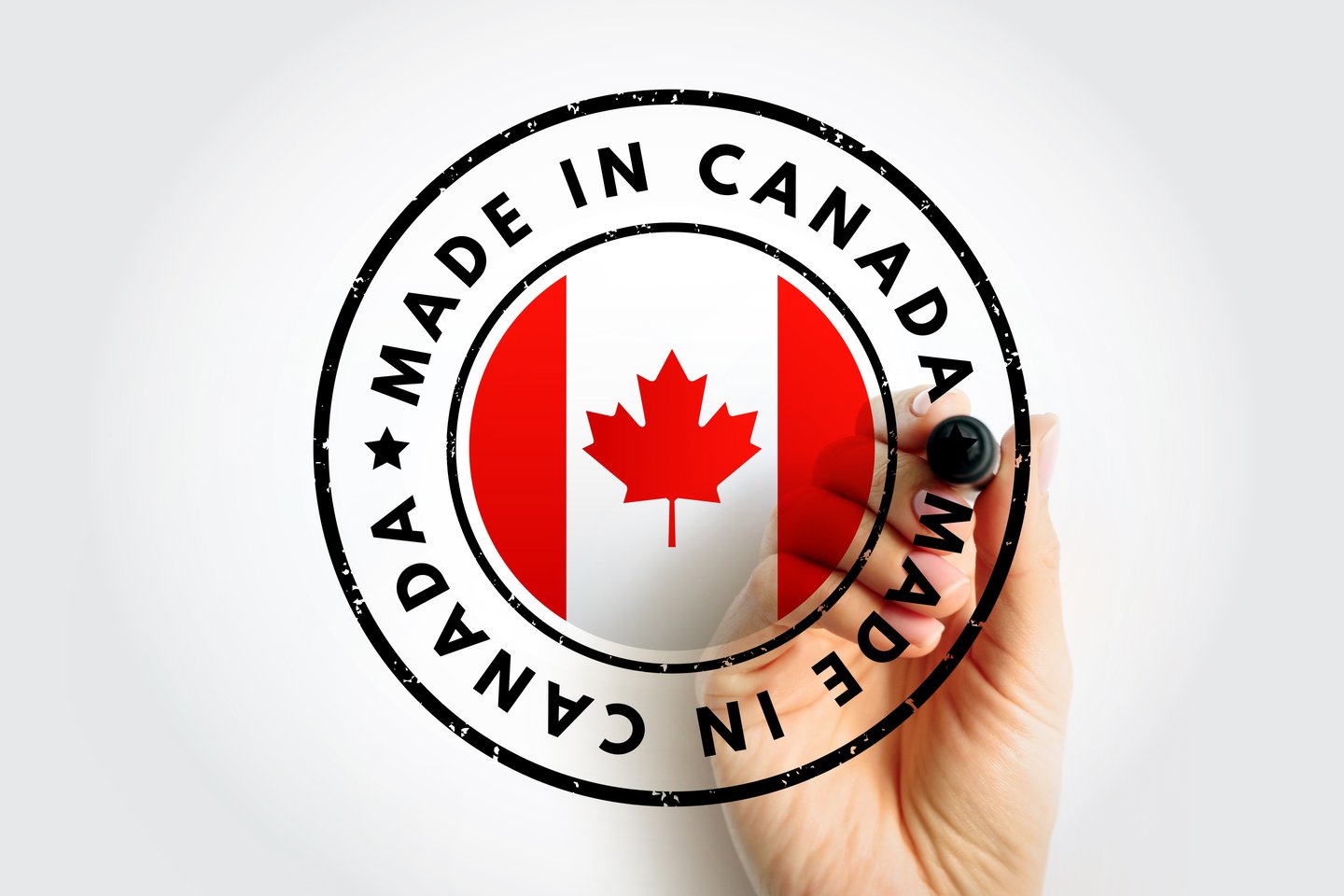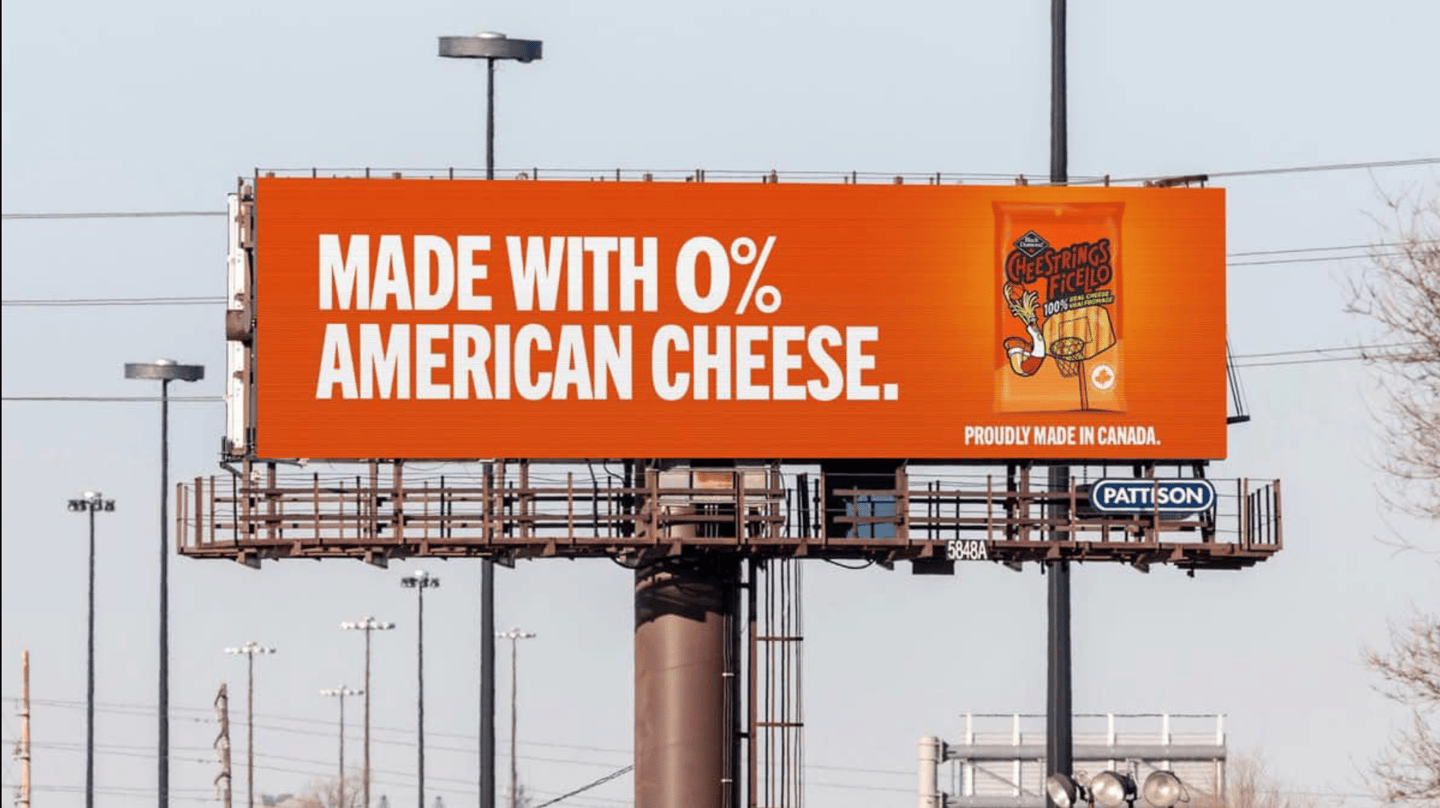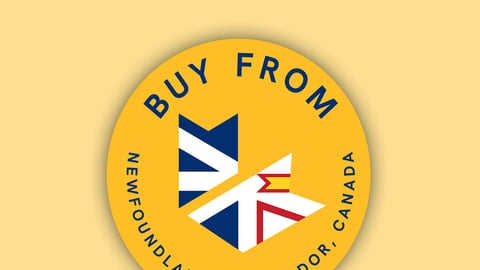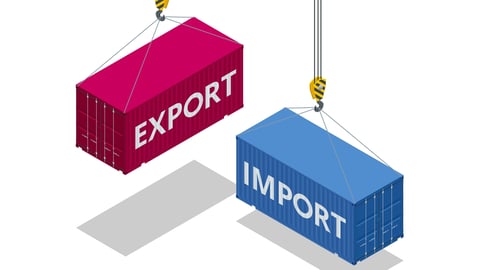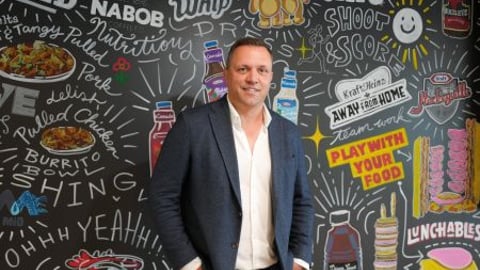Canada strikes back
Uncertainty is likely to become the norm over the next four years as the Trump administration embraces tariffs as negotiating weapons in its dealings with Canada. Judging by recent events, the threat of tariffs has galvanized -s, igniting a fierce wave of patriotism. Flag sales have doubled. Consumers are checking labels religiously to identify Canadian products and brands are highlighting their red-and-white pride through advertising and marketing initiatives.
For convenience stores, it’s a time to take stock of what they stock to please and appease customers demanding Canadian products. CSNC asked experts and industry leaders for their take on what has been unfolding.
“Brands able to make a Canadian claim are very keen on making it,” says Andreas Duess, CEO, 6 Seeds Consulting. “They're doing this not only to find favour with consumers, but to genuinely say, ‘Hey, we're a Canadian brand and we’re supporting Canada.’ It's not something mercenary. There is a feeling we should stick together in this. There’s also a sense of betrayal by the U.S., a long-standing friend, that is translating into buying behaviour.”
Just how significant the impact will be is a great unknown. As Duess says, consumers don’t always have the money to follow their heart, especially in a retail environment where inflation is a factor. Grocery prices may rise an additional 3% to 5% in 2025, according to Canada’s Food Price Report 2025.
For consumer package goods, affordability is a key driver. Canadians may not be able to afford to pay more for a small, artisanal domestic brand. “There can be a gap between what people are saying on social media versus what they are actually buying,” he says. “While someone may have all the best intentions in the world, if put in the position of having to decide between their ideals and feeding their family, my suspicion is that feeding their family will win.”
Manageable steps for c-stores
Still, there are opportunities for convenience stores—calling out Canadian products with shelf-talkers and other signage. These are small, manageable steps.
Bigger actions may be tougher, Duess notes. “Retailers can't just magically drop everything that comes from the U.S. and replace it with Canadian brands. These brands may not have the supply chain or the reliability. They may not match the cost amount of U.S. goods. If you’re a convenience store, what you could do is look at what you have that’s Canadian and work within your system and elevate those items in your footprint.”
READ: Owners of Renie’s Convenience put local pride on display
The wild card is that tariff threats and consumers wanting more Canadian products may disappear in six months. Retailers would be wise to not make big moves now.
A temporary shift may be appropriate, says Duess. Look at your margins, he suggests. Perhaps retailers could drop or reduce listing fees for Canadian brands over the next six months, or participate in a marketing campaign at a nominal fee.
What is Canadian?
What constitutes a “Canadian” brand is complicated, according to Sylvain Charlebois, director of the Agri-Food Analytics Lab at Dalhousie University and co-founder of The Food Professor podcast. “Companies have to make different choices from a procurement perspective,” he says. “What people need to understand is that our food system is a dynamic environment.”
For example, a Quebec-based cookie maker may use Canadian flour, sugar and cocoa from other suppliers. Circumstances, like a recall or supply issues, might mean having to buy ingredients from the U.S. It can make calling a product ‘Canadian’ challenging.
As Charlebois points out, “Every product you see at a grocery or convenience store has a Canadian component to it, whether it’s the employee who put the product on the shelves or the transportation company that delivered it.”
READ: United we win, divided we fall
He cautions about ‘maple-leaf washing,’ noting Habitant pea soup as an example. The French-Canadian classic is now made in the U.S. by Campbell’s, but the can says it was designed in Canada, Charlebois says.
C-stores should be aware that Product of Canada claims are subject to a higher threshold of Canadian content (98%). Meanwhile, Made in Canada means having a 51% threshold of Canadian content, but should be accompanied by a qualifying statement indicating the product contains imported content.
At the end of the day, retailers need to make sure Canadians have choices, says Charlebois: “Whether they buy a U.S. product versus a Canadian one, it’s a personal decision.”
Vendors take action
Companies are weighing in as well. Labatt sent out a press release reminding consumers it makes some of Canada’s favourite beers (including Bud Light, Budweiser and Michelob Ultra) in Canada.
"Made in Canada with 100% Canadian barley, Budweiser, Bud Light and Busch reflect the dedication of our 3,500 employees and the strength of the communities where we operate," said Marcelo Michaelis, president, Labatt Breweries of Canada. The company pointed out that over the past decade, Labatt has invested more than $1.1 billion into its operations and Canadian communities, driving economic growth and expanding and enhancing its brewing capabilities nationwide.
Dr. Oetker and Earth’s Own also emphasized their Canadian-ness. Kruger Products introduced a new campaign, 'Made by Canadians for Canadians,' to promote their tissue products (like Cashmere, SpongeTowels and Scotties). Its cheeky ad features the headline: Cleans Messes from A to Zed, not Zee. Meanwhile, a new billboard for Cheestrings (from Lactalis Canada) reads: “Made with 0% American Cheese.”
Educating consumers
Combatting misinformation is also a priority for brands. On social media, many posts push for boycotts of U.S. products unaware that some are made in Canada. But as Catherine O’Brien, senior vice president, corporate affairs, regularity, government relations and sustainability, Nestlé Canada, points out: “Many of the lists circulating, while well-intended, contain inaccurate information. Consumers should visit the company's brand-specific websites for the most accurate and up-to-date facts.”
She notes that Nestlé Canada has been operating for more than a century. It makes substantial contributions to the Canadian economy by sourcing ingredients locally, making popular brands in two local factories and employing more than 3,500 people. “We are extremely proud of the role our entire portfolio of products and beloved brands have played in Canadian households for generations,” she says.
It operates 12 offices and warehouses across Canada, plus two factories—a confectionery factory in Toronto, which makes best-selling chocolate bars, like Kit Kat and Coffee Crisp, and an ice cream plant in London, Ont., which produces ice cream and frozen treats such as Drumstick and Häagen-Dazs, using 100% Canadian-sourced dairy.
Industry associations, like the Canadian Beverage Association, are focused on educating Canadians about their buying choices.
“Approximately 85% of soft drinks and other non-alcoholic beverages are made here in Canada and the industry plays a vital role in providing well-paying jobs and economic stability,” says Erich Schmidt, CBA’s director of communications and public affairs.
Its members include 406 manufacturing and distribution establishments, employing nearly 56,000 direct and indirect jobs overall. “Consumers should be confident they are supporting the Canadian economy when purchasing non-alcoholic beverages,” he adds.
As talk about tariffs continues, CBA has been representing its members through direct advocacy with key decision-makers, representation on the U.S. Canada Trade Council and through thought leadership in the media. “Our goal is to show the impact of the sector on the Canadian economy and demonstrate consumers should remain confident their beverage choices are helping Canadian working families thrive,” explains Schmidt.
The good news? “We’ve been through this circus before,” says Charlebois. “I’ve been at this for 25 years. This is not new. We will get through it. What is the most important to me is that people are looking at where their food is coming from and that’s always a good thing.”


